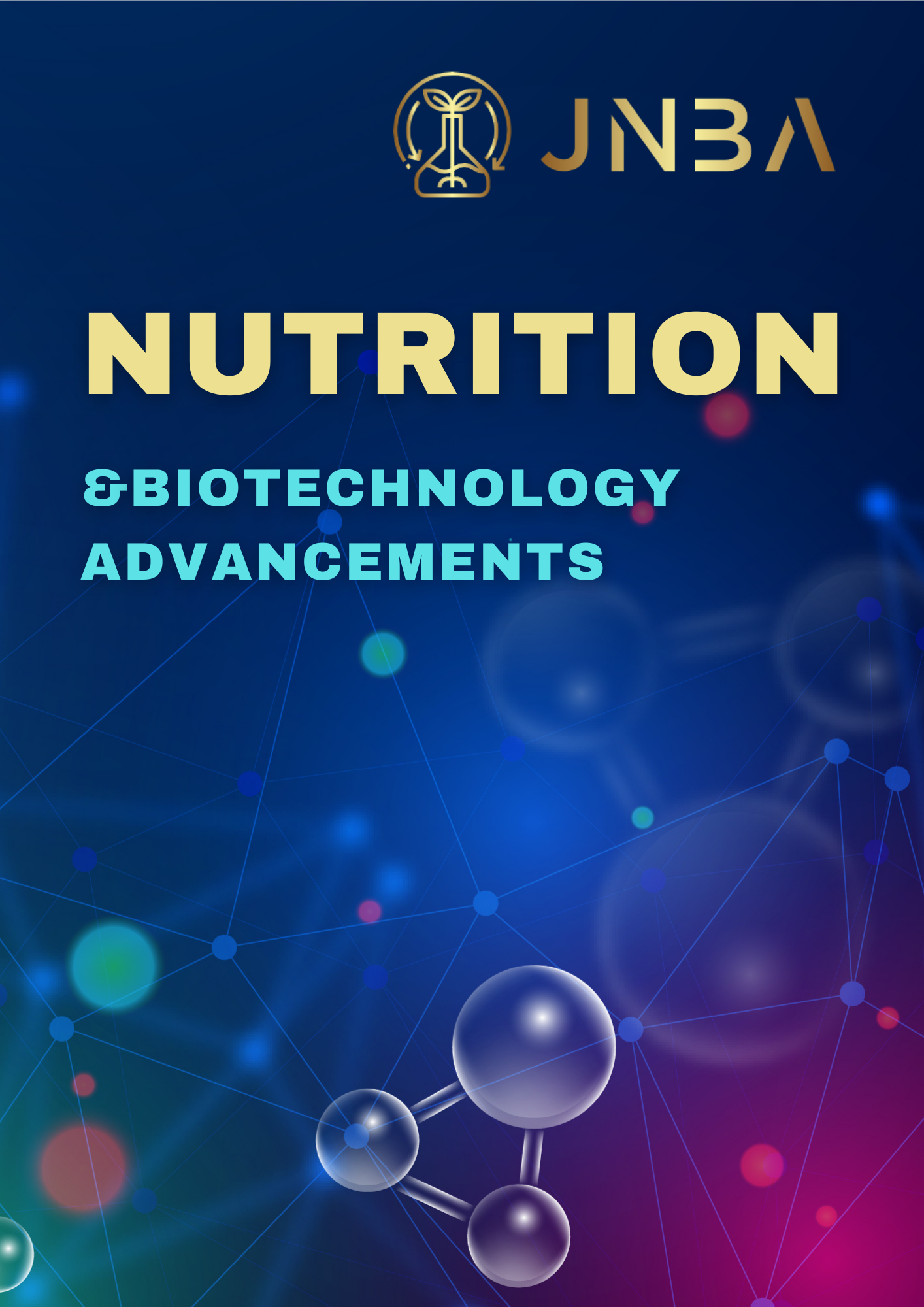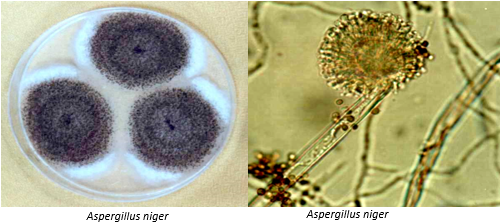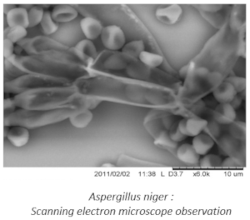
Submissions
Submission Preparation Checklist
As part of the submission process, authors are required to check off their submission's compliance with all of the following items, and submissions may be returned to authors that do not adhere to these guidelines.- The submission has not been previously published, nor is it before another journal for consideration (or an explanation has been provided in Comments to the Editor).
- The submission file is in OpenOffice, Microsoft Word, or RTF document file format.
- Where available, URLs for the references have been provided.
- The text is single-spaced; uses a 12-point font; employs italics, rather than underlining (except with URL addresses); and all illustrations, figures, and tables are placed within the text at the appropriate points, rather than at the end.
- The text adheres to the stylistic and bibliographic requirements outlined in the Author Guidelines.
Author Guidelines
Manuscript Submission
Before submitting your manuscript, it must be prepared according to the JNBA manuscript template. Manuscripts in disagreement with the JNBA guidelines are not accepted for revision. Please make sure your manuscript has been formatted according to instructions provided below and in the Manuscript Style and Format section of this document. To publish in JNBA, please send the manuscript and required files to the editor In-chief at: JNBA_webmaster@univ-tlemcen.dz and c.c it to jnba.submission@gmail.com. Detailed instructions on the submission procedure are available in "Instructions for Authors" and template files.
Documents Preparation
Cover letter
The cover letter template should be downloaded and filled out carefully. The cover letter must be signed by the corresponding author (link to download the template).
Title Page
Please make sure your title page contains the following information: Title, Author information, Abstract, Keywords, Abbreviations, Conflict of interest and Acknowledgments (link to download the template).
Novelty Statement
The novelty statement must include clear and succinct information about what is new and innovative in the study in relation to previously related research (link to download the template).
Manuscripts
- Manuscripts should be submitted in Word (link to download the template).
- Use a normal, plain font (e.g., 10-point Times New Roman) for text.
- Use 1.15 interspace for text and Times New Romans police.
- Use 1.5 interspace for titles and subtitles with space before the title.
- Use italics for emphasis.
- Use the automatic page numbering function to number the pages.
- Do not use field functions.
- Neither use tab stops or other commands for indents, nor the space bar.
- Use the table function, not spreadsheets, to make tables.
- Use the equation editor or MathType for equations.
- Manuscripts with mathematical content can also be submitted in LaTeX.
Instructions of Authors
Letters to the Editor
Letters to the Editor may be submitted to the Editor of the JNBA. Letters are expected to provide substantive comments or re-analysis on article published in the same journal in the four months prior to the time a letter is submitted, or other subjects that are of broad interest to the nutrition and biotechnology research community. The JNBA does not permit unpublished data to be published in a letter to the editor. Both the letter and a reply, if appropriate, are published together whenever possible. Letters, including up to 10 references, are limited to one published page and will be reviewed prior to acceptance.
Original paper
Manuscripts longer than 5000 words will be returned without review, unless the Editor agrees to allow a longer length. If your manuscript is longer than 5000 words and you feel that the longer length is needed, the reason for the longer length must be included in your cover letter.These are full-length papers describing original research (up to 5000 words) with the following sections:
- Abstract (no more than 300 words divided in: Introduction (Purpose), methods, results and conclusion
- Introduction
- Methods
- Results and discussion (or separately)
- Conclusion
- References
Short communication
A straightforward manuscript reporting novel results that do not warrant a full-length article but that stands on their own (not a preliminary work). Length: up to 1200 words. The manuscript should present the following sections:
- Abstract (no more than 300 words divided in: purpose, methods, results and conclusions)
- Introduction
- Methods
- Results and discussion (or separately)
- Conclusion
- References
Reviews
Reviews cover topics of current and broad interest to the readership of the journal and provide important new insights based on critical and comprehensive literature synthesis. These reviews generally provide a recent rather than historical review of the subject matter. The Editor-in-Chief is pleased to consider inquiries from authors concerning the appropriateness of a review topic and receive manuscripts.
Technical Note
Technical notes report new developments, significant advances and novel aspects of experimental and theoretical methods and techniques which are relevant for scientific investigations within the journal scope. Usually, Technical Notes do not report results. Manuscripts of this type should be short (2 to 6 pages).
Permissions
Authors wishing to include figures, tables, or text passages that have already been published elsewhere are required to obtain permission from the copyright owner(s) for online format and to include evidence that such permission has been granted when submitting their papers. Any material received without such evidence will be assumed to originate from the authors.
Footnotes
Footnotes can be used to give additional information, which may include the citation of a reference included in the reference list. They should not consist solely of a reference citation, and they should never include the bibliographic details of a reference. They should also not contain any figures or tables. Footnotes to the text are numbered consecutively; those to tables should be indicated by superscript lower-case letters (or asterisks for significance values and other statistical data). Footnotes to the title or the authors of the article are not given reference symbols. Always use footnotes instead of endnotes.
Acknowledgments
Acknowledgments of people, grants, funds, etc. should be placed in a separate section on the title page. The names of funding organizations should be written in full.
References
It is recommended that references older than 6 (six) years be avoided, except in relevant cases.
- Citation
Cite references in the text in alphabetical order first, and chronological order second, according to APA Style. Some examples:
- Negotiation research spans many disciplines (Thompson 1990).
- This result was later contradicted by Becker and Seligman (1996).
- This effect has been widely studied (Abbott 2002; Medvec et al. 2000, 1999 ; Barakat et al. 1995a,b; Kelso and Smith 1990).
- Reference list
The list of references should only include works that are cited in the text and that have been published or accepted for publication. Personal communications and unpublished works should only be mentioned in the text.
Reference list entries should be alphabetized by the last names of the first author of each work. Please alphabetize according to the following rules: 1) For one author, by name of author, then chronologically; 2) For two authors, by name of author, then name of coauthor, then chronologically; 3) For more than two authors, by name of first author, then chronologically. Bibliographic references must be structured in accordance with APA standards (in the list of bibliographic references). If available, please always include DOIs as full DOI links in your reference list (e.g. “https://doi.org/abc”).
Journal article
Gamelin, F. X,, Baquet, G., Berthoin, S., Thevenet, D,, Nourry, C., Nottin, S., & Bosquet, L. (2009). Effect of high intensity intermittent training on heart rate variability in prepubescent children. European Journal Applied Physiology, 105, 731-738. https://doi.org/10.1007/s00421-008-0955-8
Ideally, the names of all authors should be provided, but the usage of “et al.” in long author lists (more than five authors) will also be accepted:
Kirkpatrick, C. F., Sikand, G., Petersen, K. S., Anderson, C. A. M., Aspry, K. E. et al. (2023). Nutrition interventions for adults with dyslipidemia: A Clinical Perspective from the National Lipid Association. Journal of Clinical Lipidology, 17(4), 428- 451. https://doi.org/10.1016/j.jacl.2023.05.099
Book
South, J., & Blass, B. (2001). The future of modern genomics. Blackwell, London
Book chapter
Brown B, Aaron M (2001). The politics of nature. In: Smith J (ed) The rise of modern genomics, 3rd edn. Wiley, New York, pp 230-257
Online document
Doe J (1999). Title of subordinate document. In: The dictionary of substances and their effects. Royal Society of Chemistry. Available via DIALOG. http://www.rsc.org/dose/title of subordinate document. Accessed 15 Jan 1999
Always use the standard abbreviation of a journal’s name according to the ISSN List of Title Word Abbreviations
Tables
- All tables are to be numbered using Arabic numerals.
- Tables should always be cited in text in consecutive numerical order.
- For each table, please supply a table caption (title) explaining the components of the table.
- Identify any previously published material by giving the original source in the form of a reference at the end of the table caption.
- Footnotes to tables should be indicated by superscript lower-case letters (or asterisks for significance values and other statistical data) and included beneath the table body.
Artwork and Illustrations Guidelines
- Vector graphics containing fonts must have the fonts embedded in the files.
- Name your figure files with "Fig" and the figure number, e.g., Fig1.
Line Art
Definition: graphic with no shading.
- Do not use faint fine lines and/or lettering and check that all lines and lettering within the figures are legible at final size.
- All lines should be at least 0.1 mm (0.3 pt) wide.
- Scanned line drawings and line drawings in bitmap format should have a minimum resolution of 1200 dpi.
Vector graphics containing fonts must have the fonts embedded in the files.
Halftone Art


Definition: Photographs, drawings, or paintings with fine shading, etc
- If any magnification is used in the photographs, indicate this by using scale bars within the figures themselves.
- Halftones should have a minimum resolution of 300 dpi.
Combination Art

- Definition: a combination of halftone and line art, e.g., halftones containing line drawing, extensive lettering, diagrams, etc.
- Combination artwork should have a minimum resolution of 600 dpi.
Figure Lettering e.g alpha, beta, A G U C
- To add lettering, it is best to use Helvetica or Arial (sans serif fonts).
- Keep lettering consistently sized throughout your final-sized artwork, usually about 2–3 mm (8–12 pt).
- Variance of type size within an illustration should be minimal, e.g., do not use 8-pt type on an axis and 20-pt type for the axis label (ex origin).
- Avoid effects such as shading, outline letters, etc.
- Do not include titles or captions within your illustrations.
Articles
Section default policyPrivacy Statement
The names and email addresses entered in this journal site will be used exclusively for the stated purposes of this journal and will not be made available for any other purpose or to any other party.




